Mining from entry to mastery (3): POW mining logic process
Block structure
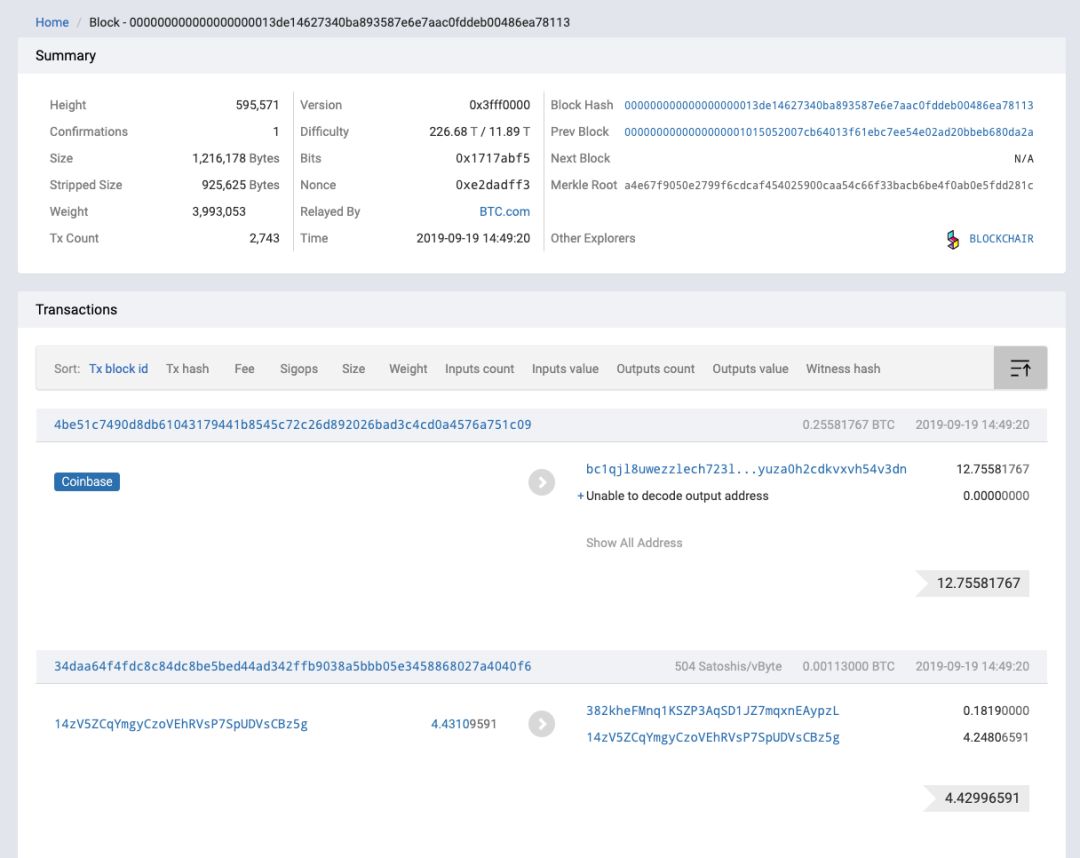
2019-09-19 14:49:20 Bitcoin block from BTC.com

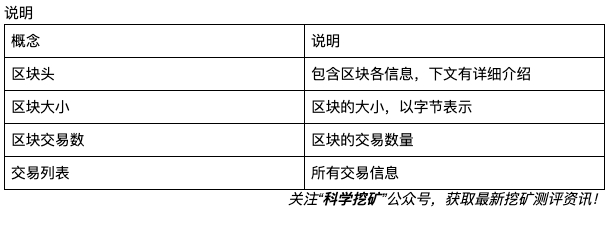
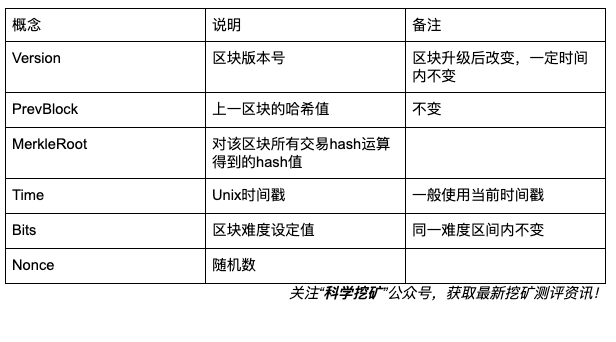
Block packing process
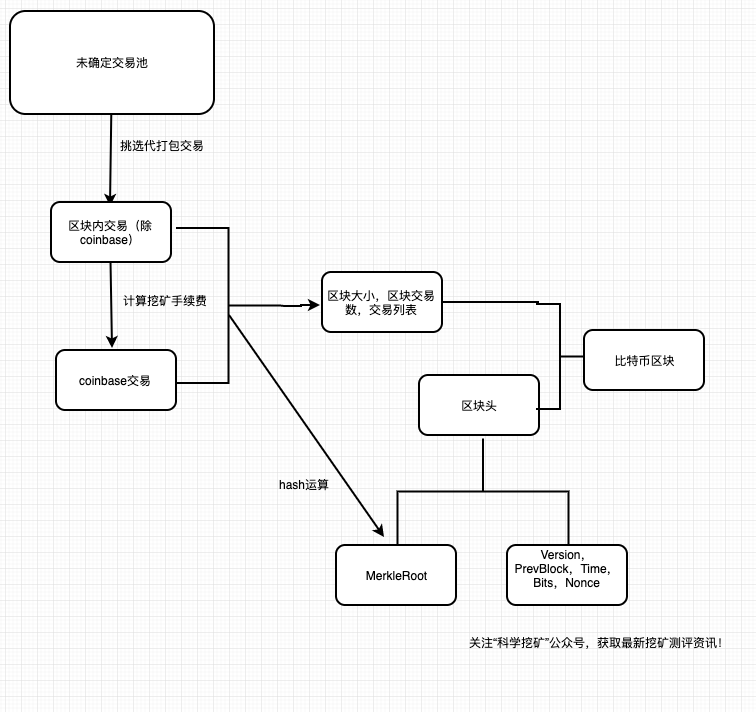
- The first week of Bakkt: not warm, the future can be expected
- Popular Science | Eth2.0 Term Decryption
- Babbitt column | Payment or stored value? BTC's future value path
- Trading is never determined in the trading pool, and usually as many priority transactions as possible are preferred.
- Construct a coinbase transaction, calculate the mining fee in the packaged transaction, and send it to the package miner's address along with the coinbase reward (currently 12.5 BTC).
- From the package transaction and the coinbase transaction, the block size, the block transaction number and the transaction list in the block structure are obtained.
- Perform a hash operation on all transactions (including coinbase transactions) to get MerkleRoot.
- Fill in the Nouce yourself, fill in the current environment, Version, PrevBlock, Time, Bits, together with the obtained hashMerkleRoot to form the block header.
20190919 Bitcoin Difficulty Source: BTC.com Block difficulty verification
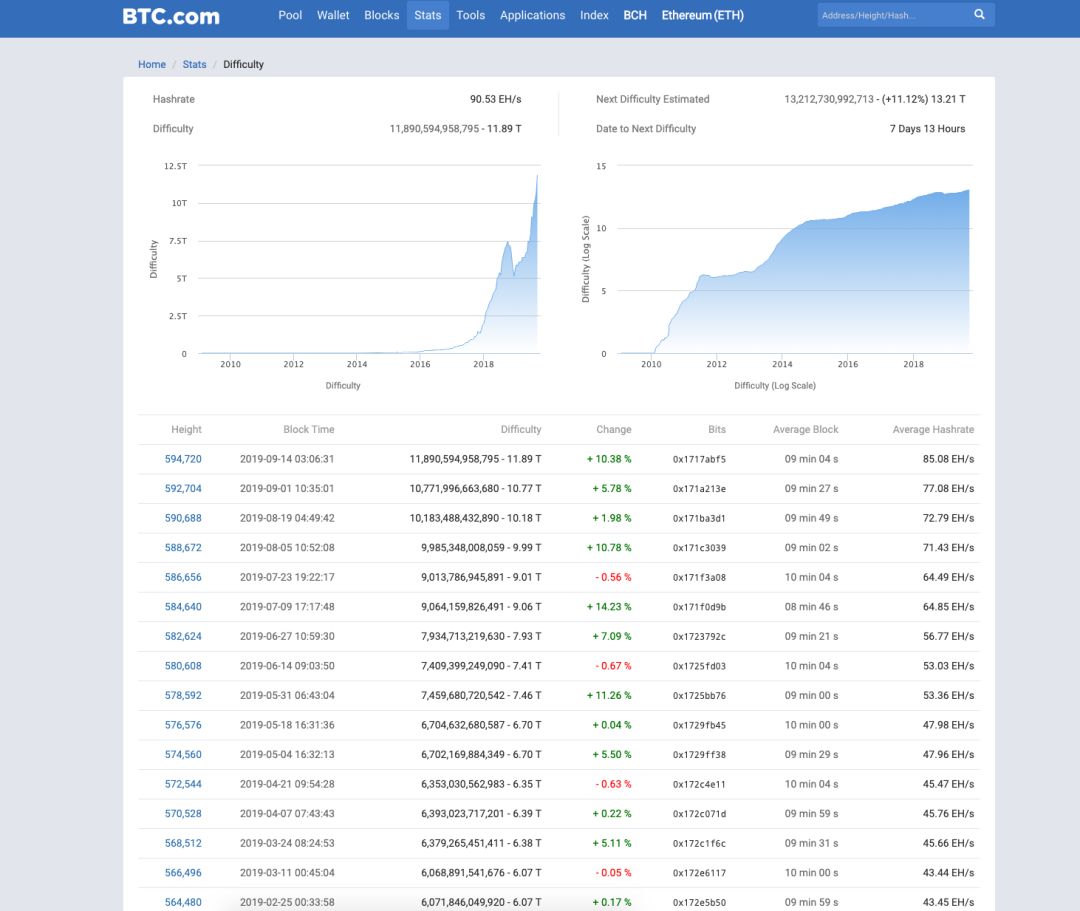
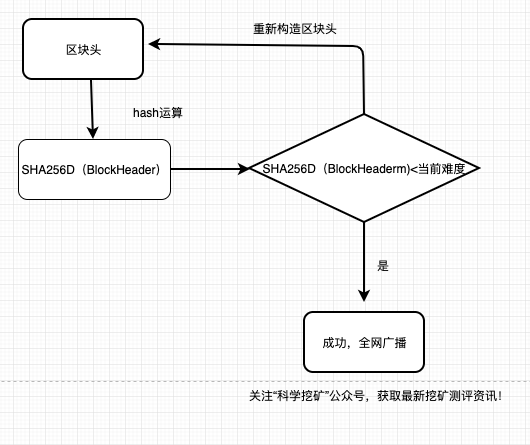
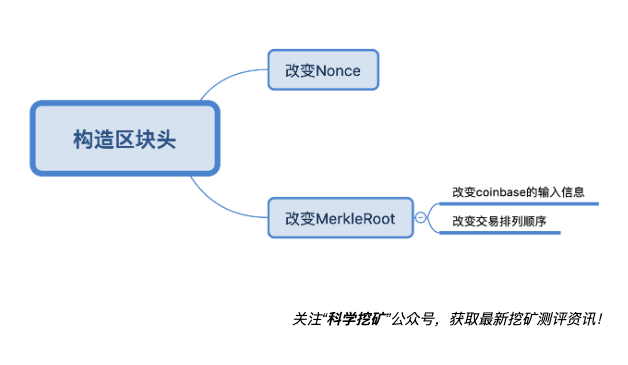
Pick Sir
"Practical" picks Sir to take you to experience the mining process for free, and active interaction will have the opportunity to qualify for the Sir Mine experience in the "real combat" phase!
"Advanced" masters the core skills of mining inside the mining industry, you can also become a mine!
Next notice: Mining from entry to proficiency – entry section How does the mining pool issue tasks to the mining machine?
Pay attention to the "Scientific Mining" public number and get the latest mining assessment information!
We will continue to update Blocking; if you have any questions or suggestions, please contact us!
Was this article helpful?
93 out of 132 found this helpful
Related articles
- Deep adjustment period of mining industry: Bitcoin's overall network computing power has changed rapidly in the short-term mining machine pattern
- Zcash masks address vulnerabilities or reveals full node IP address (with solution)
- About digital asset hosting services, you want to know are here.
- Who is the "Whampoa Military Academy" in the field of blockchain in China?
- Interpretation of the Ethereum Yellow Book (3): The Economic Mechanism behind Gas and Transaction Fees
- Libra Utopia and China's Legal Digital Currency Opportunity
- New Plan of Ant Blockchain and New Trends of BAT Blockchain Strategy






